Home>Dining>Table Decor>How To Clean Satin Table Runners
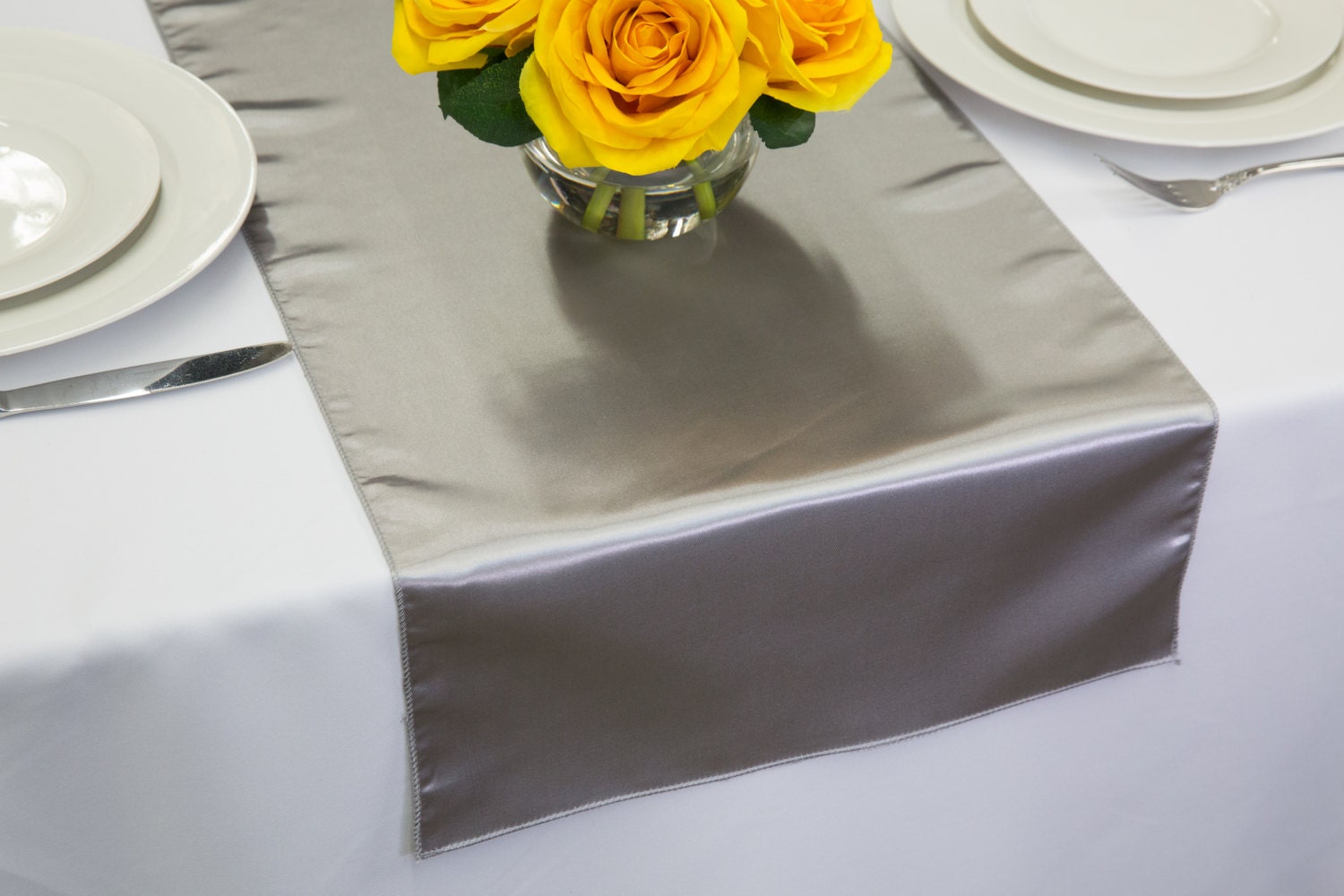

Table Decor
How To Clean Satin Table Runners
Modified: January 7, 2024
Learn the best techniques for cleaning satin table runners and keeping them looking flawless. Transform your table decor with these simple tips.
(Many of the links in this article redirect to a specific reviewed product. Your purchase of these products through affiliate links helps to generate commission for Storables.com, at no extra cost. Learn more)
Introduction
Table runners are an excellent addition to any dining table or buffet setup. They not only add a touch of elegance and style but also help protect your table from spills and stains. Satin table runners, in particular, lend a luxurious and sophisticated look to your table decor.
However, like any other table linen, satin runners are prone to collecting dust, food stains, and other particles over time. To maintain their beauty and prolong their lifespan, it is essential to clean them regularly. Cleaning satin table runners may seem like a daunting task, but with the right techniques and care, you can keep them looking fresh and vibrant.
In this article, we will guide you through the steps to effectively clean satin table runners, ensuring that they remain in pristine condition. With a few materials and a little effort, you can restore their original luster and enjoy the beauty they bring to your table setting.
Let’s dive into the details of how to clean satin table runners!
Key Takeaways:
- Keep satin table runners looking fresh by spot cleaning with a gentle detergent solution and handwashing with lukewarm water to maintain their delicate fabric and elegant appearance.
- Ensure the longevity of satin table runners by air drying them away from direct sunlight, ironing with caution on a low heat setting, and storing them in a clean, dry space to preserve their beauty for future use.
Materials Needed
Before you begin the cleaning process, gather the following materials:
- Mild detergent: Choose a gentle detergent specifically formulated for delicate fabrics. Avoid using bleach or harsh chemicals, as they can damage the satin.
- Lukewarm water: You will need enough water to submerge the table runners during the cleaning process.
- Soft-bristled brush: Select a brush with soft bristles to gently remove any stubborn stains or dirt particles.
- Lint roller: This will come in handy for removing any loose debris or lint from the runners.
- White vinegar: Vinegar is a natural fabric softener and can help restore the shine of the satin.
- Iron: You will need an iron set to the lowest heat setting for the final step of the cleaning process.
- Clean towel: Have a clean towel ready to gently blot excess moisture from the table runners.
- Drying rack: A drying rack or clothesline will be needed to air-dry the runners.
Having these materials on hand will ensure a smooth and effective cleaning process for your satin table runners.
Step 1: Preparing the Runners
Before diving into the cleaning process, it is important to properly prepare the satin table runners. This step will help loosen dirt and stains, making them easier to remove during the cleaning process.
- Shake it out: Start by taking the satin table runners outside and giving them a gentle shake to remove any loose debris, such as crumbs or dust.
- Inspect for stains: Carefully examine the runners for any visible stains or spots. Make a mental note of their location so that you can focus on treating them during the cleaning process.
- Pre-treat stains: If you notice any stains, use a small amount of mild detergent or a stain remover specifically designed for delicate fabrics. Apply a small amount of the solution to the stained area and gently rub it in with your fingers or a soft-bristled brush.
- Let it sit: Allow the pre-treatment solution to sit on the stains for a few minutes to loosen them and increase the chances of successful removal.
By properly preparing the satin table runners, you are taking the necessary steps to ensure a more effective and thorough cleaning process.
Step 2: Spot Cleaning
Spot cleaning is an essential step to tackle any visible stains or spills on your satin table runners. By addressing these stains early on, you can prevent them from setting and becoming more challenging to remove.
- Blot the stain: Start by gently blotting the stained area with a clean cloth or paper towel to remove any excess liquid or residue. Avoid rubbing the stain, as this can further embed it into the fabric.
- Mild detergent solution: Mix a small amount of mild detergent with lukewarm water to create a gentle cleaning solution. Dip a clean cloth or sponge into the solution and dab it onto the stain.
- Gently rub the stain: Using a circular motion, gently rub the stained area with the damp cloth or sponge. Be careful not to scrub vigorously, as this can damage the delicate satin fabric.
- Rinse the area: Once you have treated the stain, rinse the area with clean water to remove any soapy residue. Again, make sure to blot the area rather than rubbing it.
- Repeat if necessary: If the stain persists, repeat the spot cleaning process until the stain is fully removed. Patience and gentle handling are key to avoid damaging the satin fabric.
Spot cleaning allows you to address specific stains and keep your satin table runners looking their best. Be sure to test the cleaning solution on a small, inconspicuous area of the runner before applying it to the stained spot to ensure it does not cause any discoloration or damage.
Step 3: Handwashing the Runners
Handwashing is a gentle and effective method for cleaning satin table runners. It allows you to have control over the cleaning process and ensures that the delicate fabric is treated with care.
- Fill a basin with lukewarm water: Start by filling a basin or sink with lukewarm water. Avoid using hot water, as it can damage the satin fabric.
- Add mild detergent: Add a small amount of mild detergent to the water and mix it gently to create suds. Avoid using bleach or harsh chemicals, as they can cause discoloration or damage to the fabric.
- Submerge the runners: Place the table runners into the soapy water and gently agitate them to ensure they are fully submerged. Allow them to soak for about 15-20 minutes to loosen any remaining dirt or stains.
- Gently wash the runners: After soaking, use your hands to gently wash the runners. Gently rub the fabric together, paying extra attention to any stained areas or areas that require extra cleaning.
- Rinse with clean water: Once you have finished washing, drain the soapy water from the basin and refill it with clean lukewarm water. Rinse the runners thoroughly to remove any traces of detergent.
- Press out excess water: Carefully lift the runners from the water and press them gently against the sides of the basin to remove excess water. Avoid wringing or twisting the fabric, as this can cause wrinkles or damage.
By handwashing the satin table runners, you ensure they are cleaned gently and thoroughly, without subjecting them to the potentially harsh environment of a washing machine.
To clean satin table runners, spot treat any stains with a gentle detergent and cold water. Then, hand wash in cold water and air dry to avoid damaging the delicate fabric. Avoid using bleach or hot water.
Step 4: Machine Washing the Runners
If you prefer the convenience of machine washing, it is possible to clean satin table runners using a washing machine. However, it is important to take certain precautions to protect the delicate fabric.
- Use a gentle cycle: Set your washing machine to a delicate or gentle cycle with cold water. Avoid using hot water, as it can cause the satin fabric to shrink or lose its luster.
- Place the runners in a laundry bag: To protect the runners from excessive agitation and potential damage, place them in a mesh laundry bag or pillowcase before placing them in the machine.
- Add mild detergent: Add a small amount of mild detergent to the machine. Be sure to use a detergent specifically formulated for delicate fabrics.
- Avoid overloading the machine: Ensure that the machine is not overloaded with too many table runners or other items. This allows the fabric to have enough space to move around freely during the wash cycle.
- Choose a gentle spin cycle: Opt for a low or delicate spin cycle to avoid putting unnecessary stress on the satin fabric. High spin speeds can cause the fabric to crease, pucker, or stretch.
It is important to note that machine washing may not be suitable for heavily stained or particularly delicate satin table runners. Handwashing is generally the preferred method for maintaining the quality and longevity of the fabric. If in doubt, always refer to the manufacturer’s instructions or consult with a professional cleaner.
Step 5: Drying the Runners
Proper drying is crucial to ensure that your satin table runners maintain their shape and integrity. It is essential to avoid excessive heat and other practices that could potentially damage the delicate fabric.
- Blot excess moisture: After washing, gently blot the runners with a clean towel to remove excess water. Avoid wringing or twisting the fabric, as this can cause wrinkles or damage to the satin.
- Air dry: Lay the runners flat on a clean, dry towel or place them on a drying rack. Make sure the runners are spread out evenly and not overlapping to allow proper air circulation.
- Avoid direct sunlight: Place the runners in a shaded area to avoid direct sunlight. Sunlight can fade the color of the fabric and weaken the fibers over time.
- Patience is key: Allow the runners to air dry naturally. Avoid using a tumble dryer or applying direct heat, as this can damage the fabric and cause shrinkage or wrinkling.
It is important to note that satin table runners may take longer to dry than other fabrics due to their delicate nature. Be patient and resist the temptation to speed up the drying process, as it may compromise the quality of the fabric.
Step 6: Ironing the Runners
Ironing is the final step in ensuring that your satin table runners look smooth, wrinkle-free, and ready to adorn your table. However, it is crucial to approach ironing satin with caution to prevent any damage to the delicate fabric.
- Set the iron to a low heat setting: Satin is a delicate fabric that can easily scorch or melt under high heat. Set your iron to the lowest heat setting to avoid any potential damage.
- Test a small area: Before ironing the entire runner, test a small, inconspicuous area to ensure that the heat setting is suitable and does not cause any discoloration or fabric distortion.
- Use a pressing cloth: Place a clean, thin pressing cloth, such as a cotton or muslin cloth, over the runner before ironing. This provides an extra layer of protection for the satin fabric.
- Gently press the iron: Lightly press the iron over the pressing cloth, moving it in a smooth and even motion. Avoid applying excessive pressure or leaving the iron in one spot for too long, as this can result in uneven heat distribution and damage the fabric.
- Iron in the direction of the fabric: Follow the original grain or weave of the fabric and iron in the direction of the fibers. This helps prevent stretching or distorting the satin.
Remember to be patient and take your time when ironing satin table runners. It is preferable to use a lower heat setting and gently press the fabric to achieve a smooth appearance without compromising its integrity.
Step 7: Storing the Cleaned Runners
Proper storage is essential to maintain the beauty and longevity of your satin table runners. Taking a few simple steps will ensure that they stay in excellent condition until their next use.
- Clean and dry storage area: Before storing the runners, make sure the storage area is clean, dry, and free from any dust or moisture. This helps prevent any potential damage or discoloration.
- Fold or roll the runners: Depending on your storage space and personal preference, you can either fold or roll the runners. Ensure that they are folded or rolled neatly to prevent wrinkling or creasing.
- Use acid-free tissue paper: Place acid-free tissue paper between the folds or rolls to provide an extra layer of protection and prevent any color transfer or creasing.
- Avoid plastic bags: Refrain from storing satin table runners in plastic bags, as they can trap moisture and potentially cause mold or mildew growth. Opt for breathable fabric storage bags or cotton pillowcases instead.
- Store in a cool, dry place: Choose a cool, dry location for storing the runners, away from direct sunlight and humidity. Avoid storing them in basements, attics, or areas prone to temperature and moisture fluctuations.
- Check periodically: Regularly check on the stored runners to ensure they remain in good condition. If you notice any signs of damage or staining, take immediate action to address the issue.
By following these storage guidelines, you can keep your satin table runners looking beautiful and ready for use whenever you need to add an elegant touch to your table setting.
Read more: How To Get Grass Stains Out Of Tennis Shoes
Conclusion
Cleaning and caring for satin table runners is a crucial part of preserving their beauty and ensuring their longevity. By following the steps outlined in this guide, you can effectively clean and maintain your satin runners, keeping them looking fresh and elegant for many occasions to come.
Remember to always start by preparing the runners, treating any stains or spots before proceeding with the cleaning process. Handwashing or machine washing, depending on your preference and the fabric’s delicacy, can be used to remove dirt and grime. Proper drying techniques, such as air drying and avoiding direct sunlight, help maintain the quality of the fabric.
Once the runners are clean and dry, ironing them with care using a low heat setting adds a final touch of smoothness. Storing the cleaned runners in a clean, dry, and well-ventilated space ensures they remain in pristine condition until their next use.
By following these steps and incorporating proper maintenance into your routine, your satin table runners will continue to enhance your table decor and create an ambiance of elegance and style.
So go ahead, invite guests over, and enjoy the beauty of your clean satin table runners. Whether it’s for a formal dinner, a special occasion, or everyday dining, these runners will undoubtedly add a touch of luxury to any setting.
Frequently Asked Questions about How To Clean Satin Table Runners
Was this page helpful?
At Storables.com, we guarantee accurate and reliable information. Our content, validated by Expert Board Contributors, is crafted following stringent Editorial Policies. We're committed to providing you with well-researched, expert-backed insights for all your informational needs.
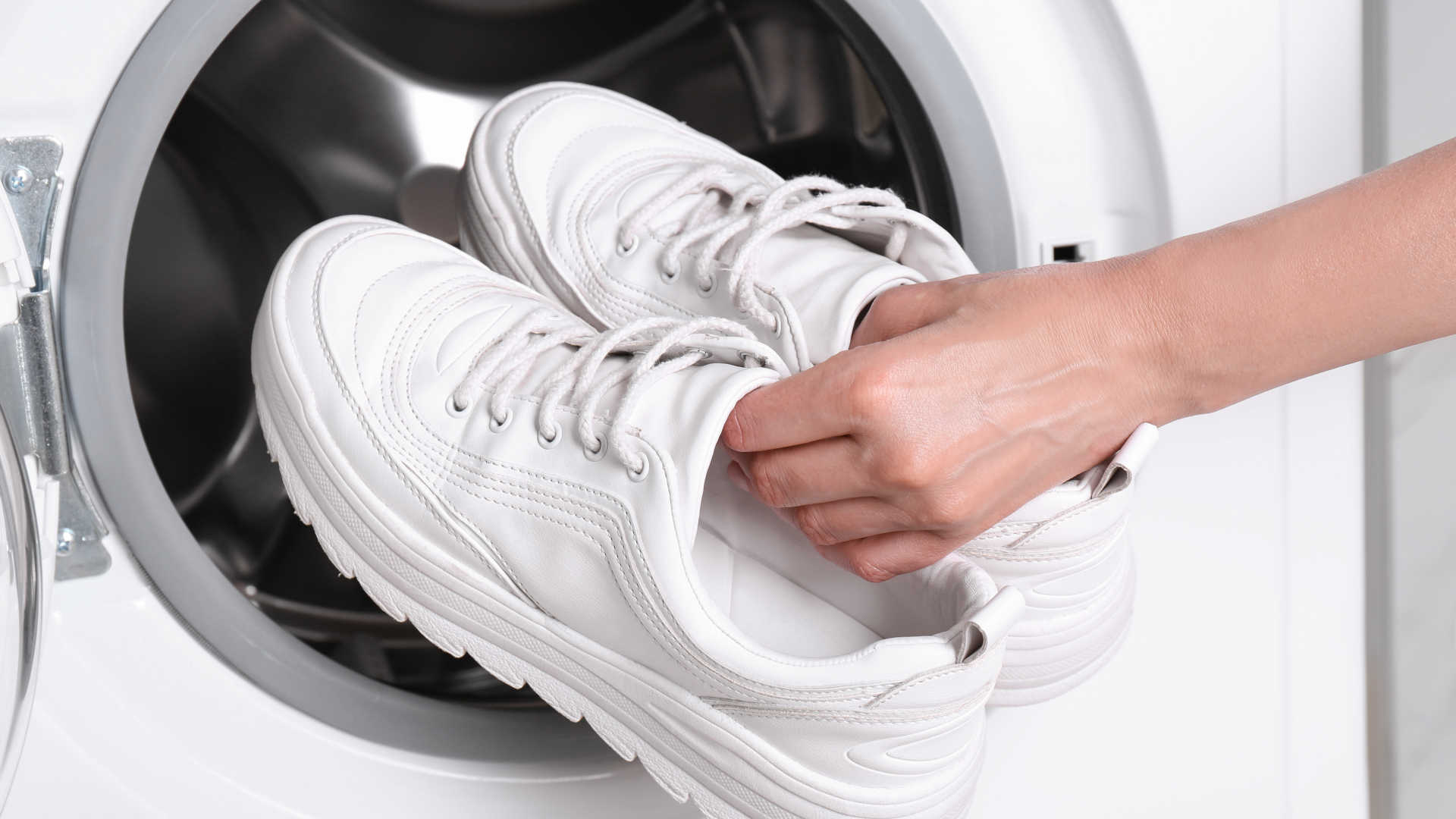
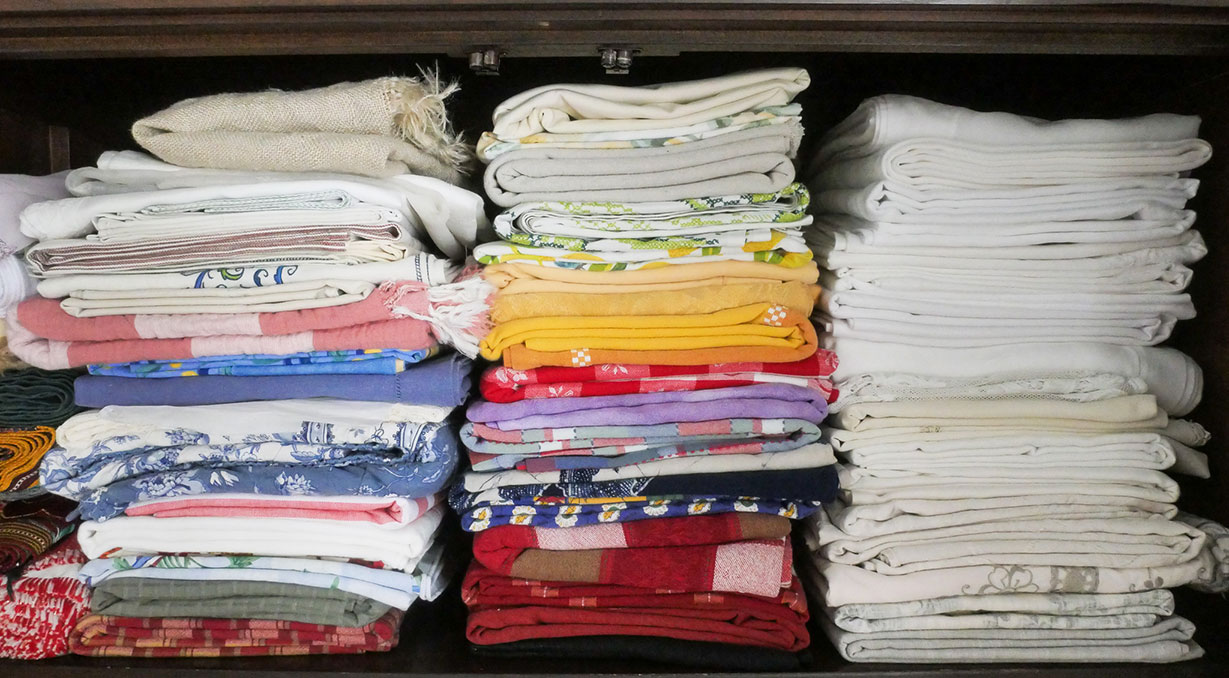
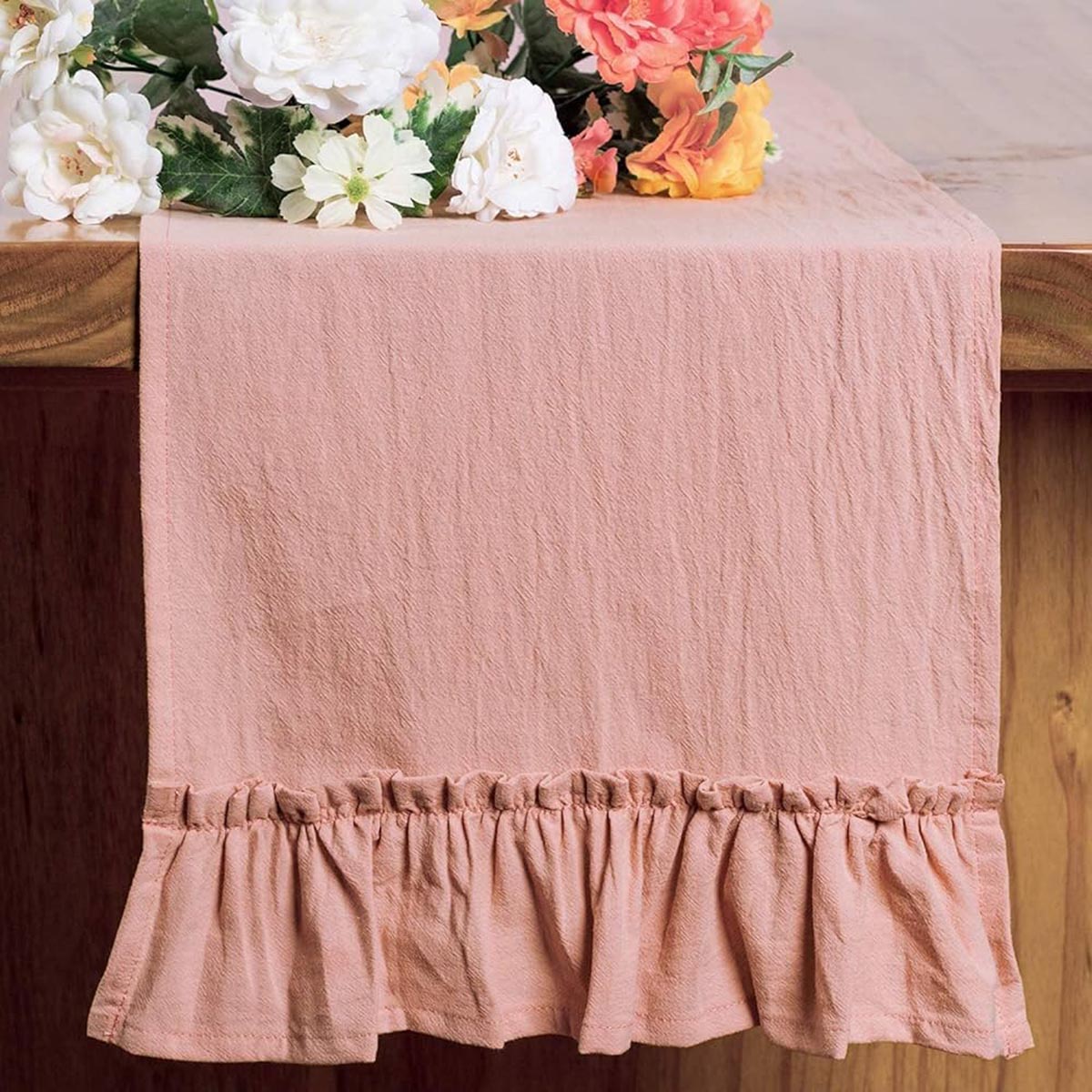
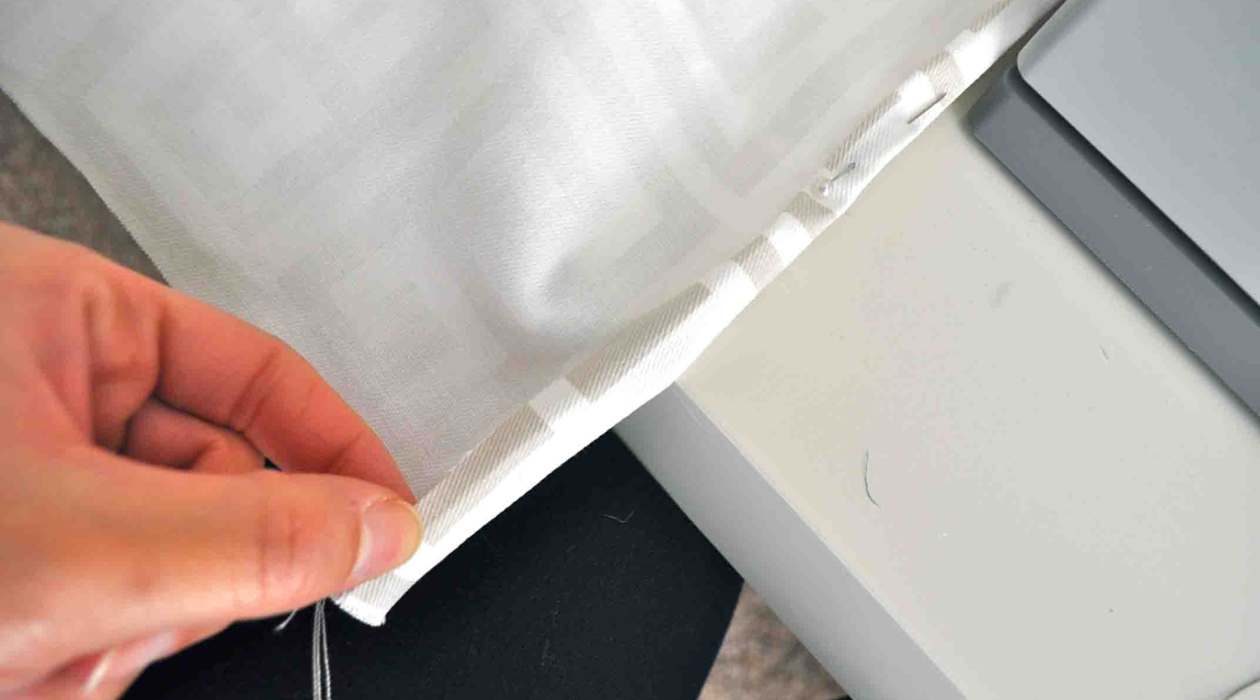
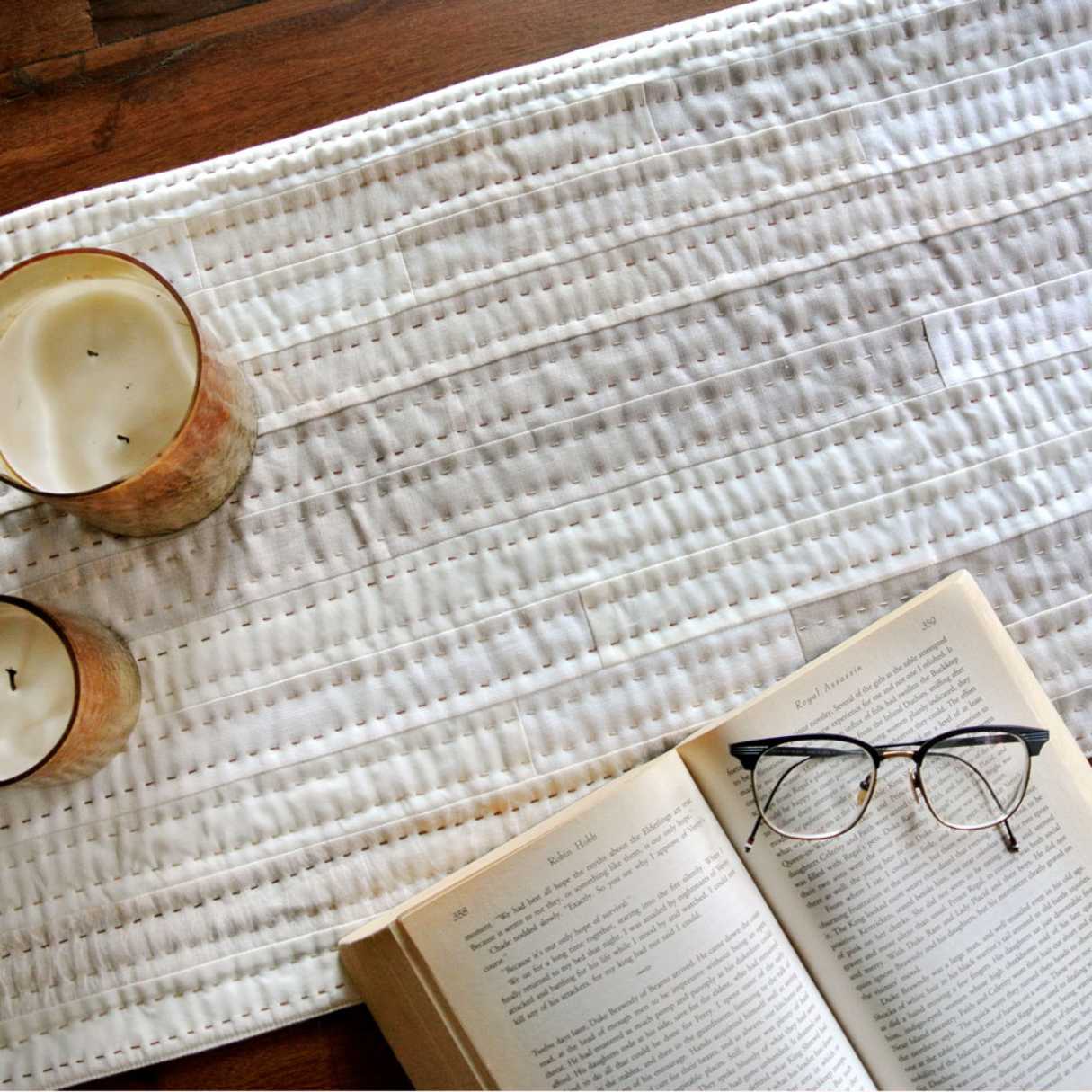
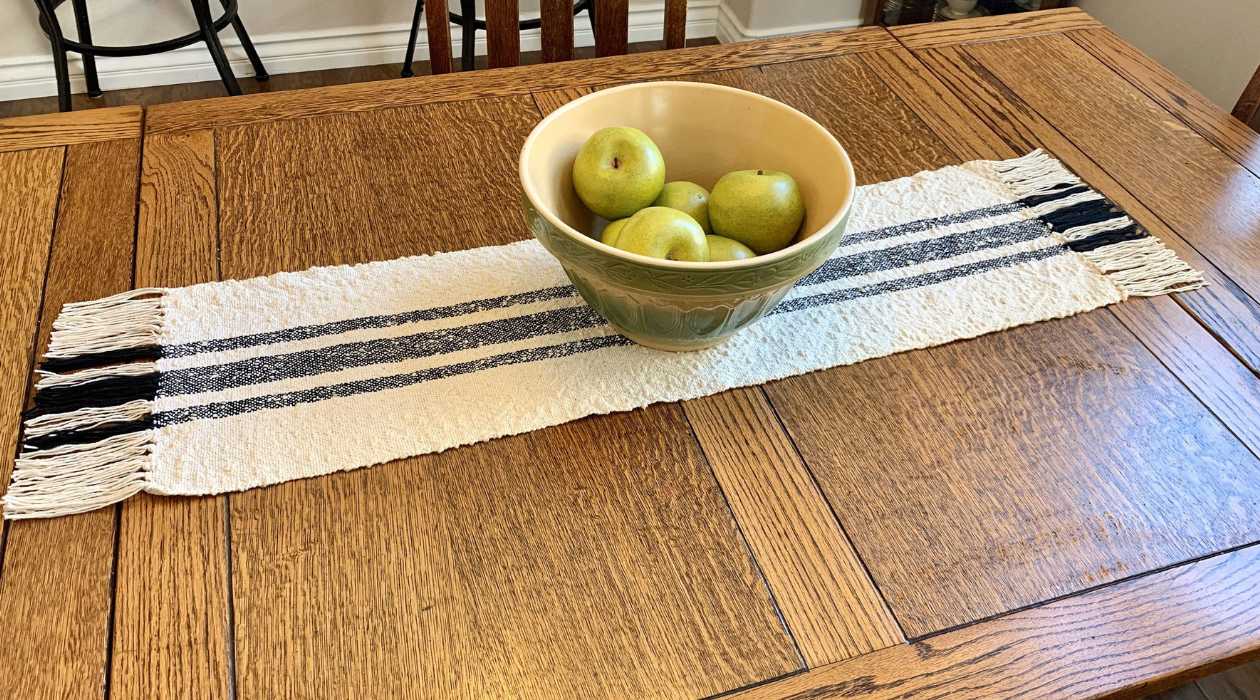
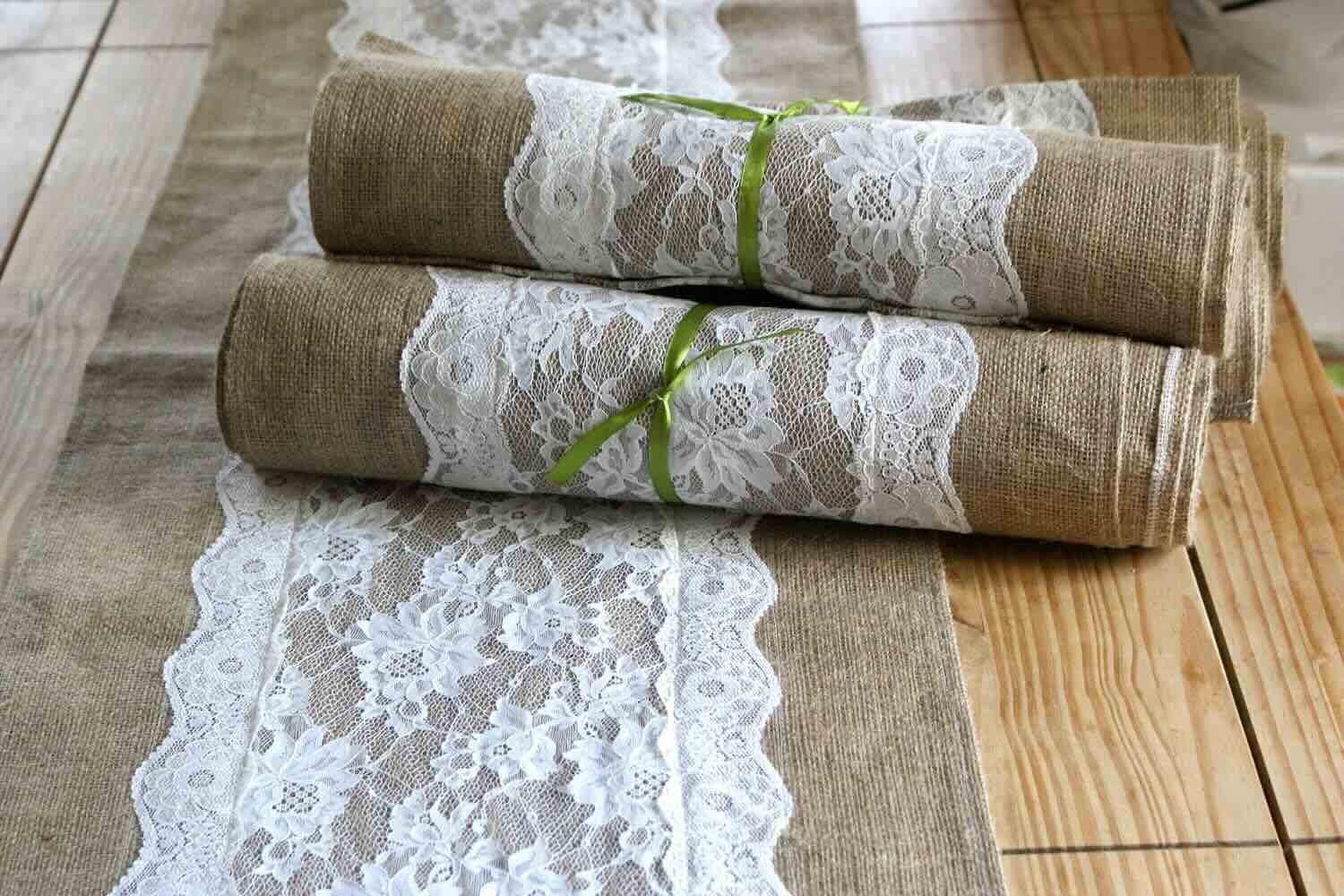
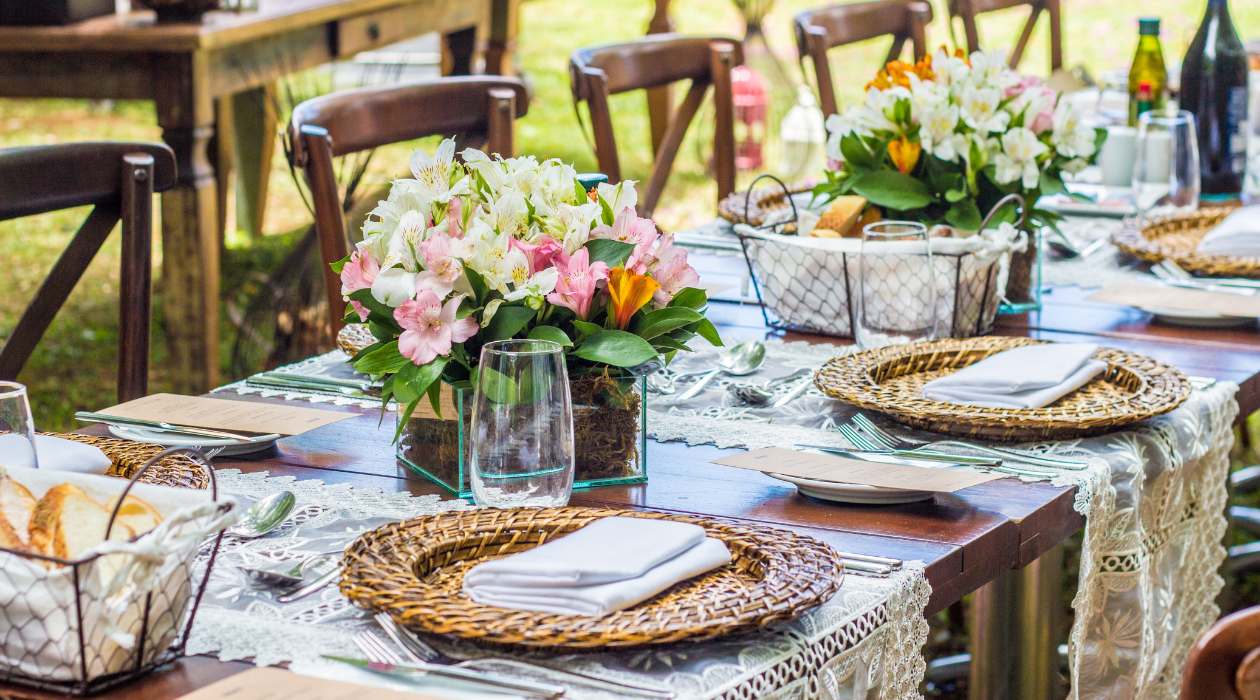

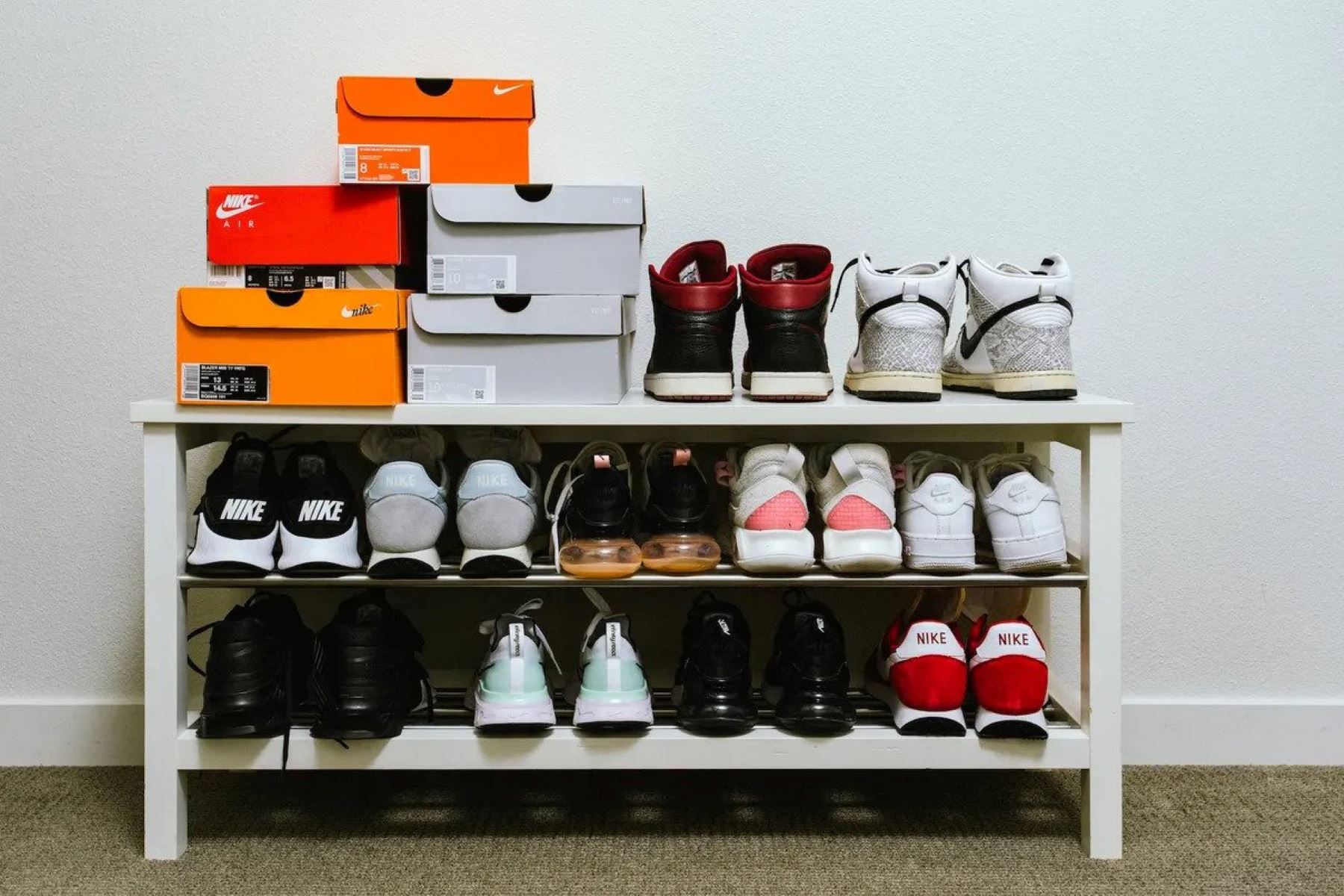
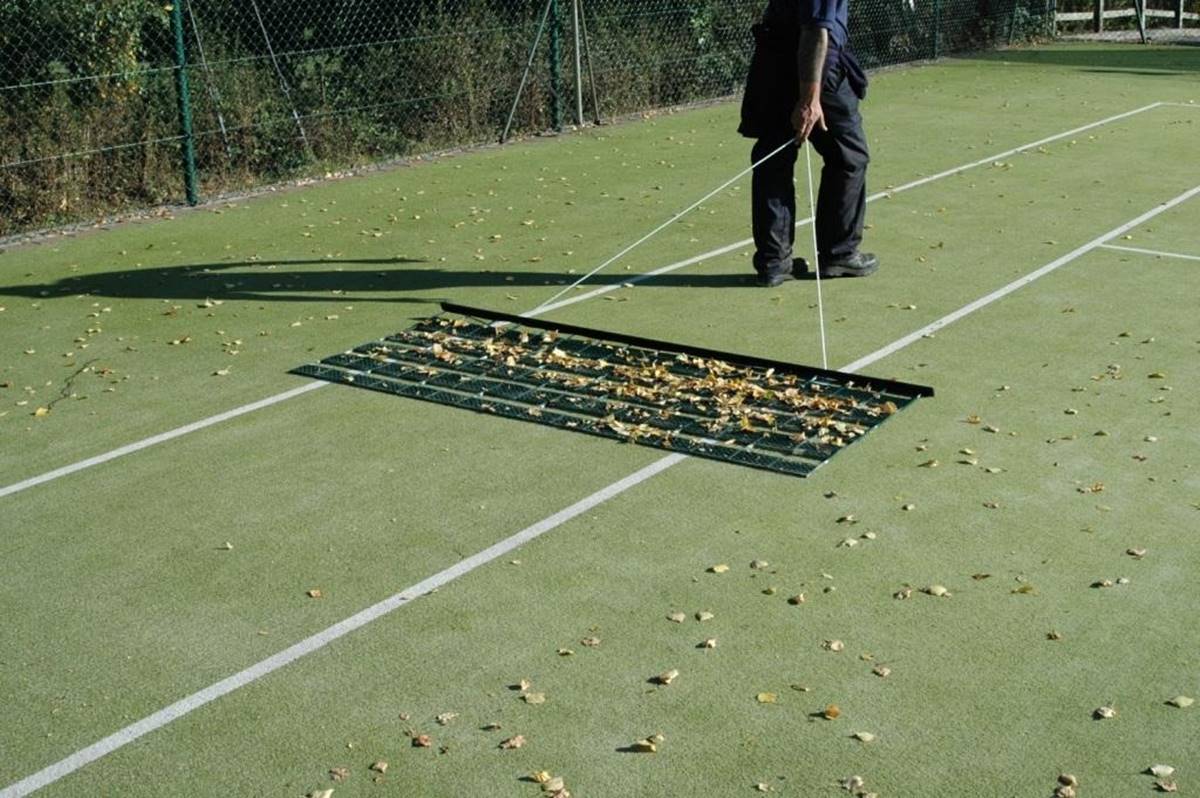
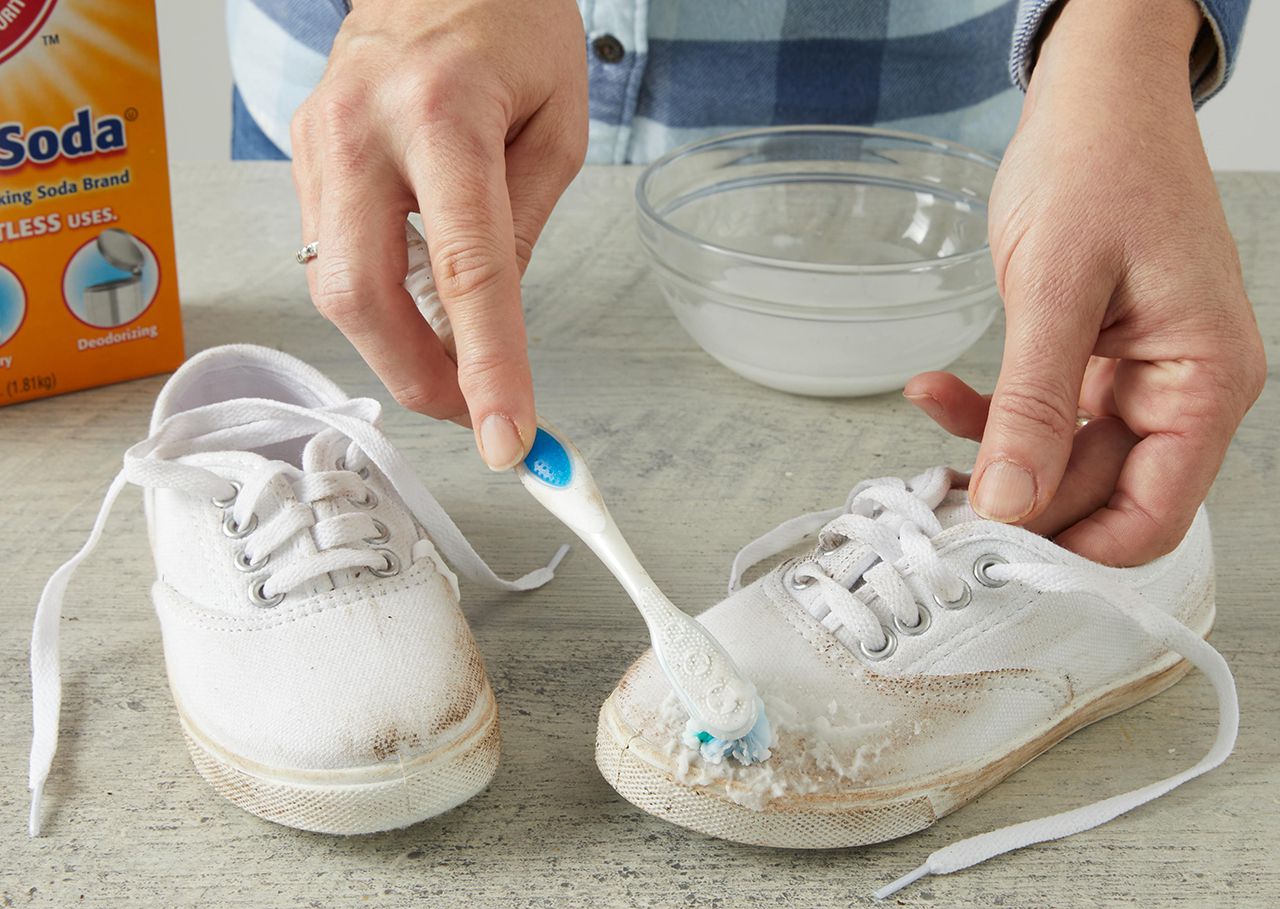
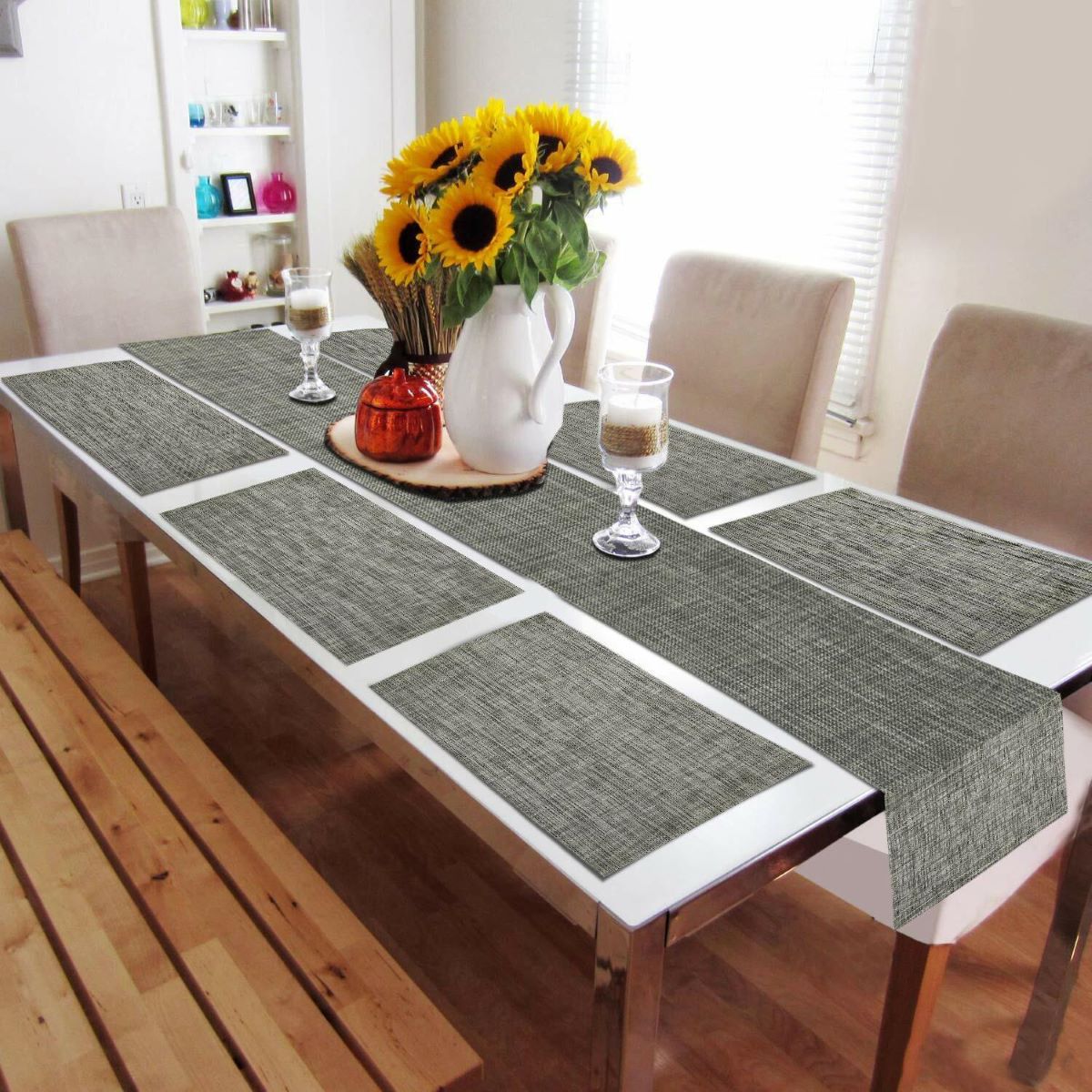

0 thoughts on “How To Clean Satin Table Runners”